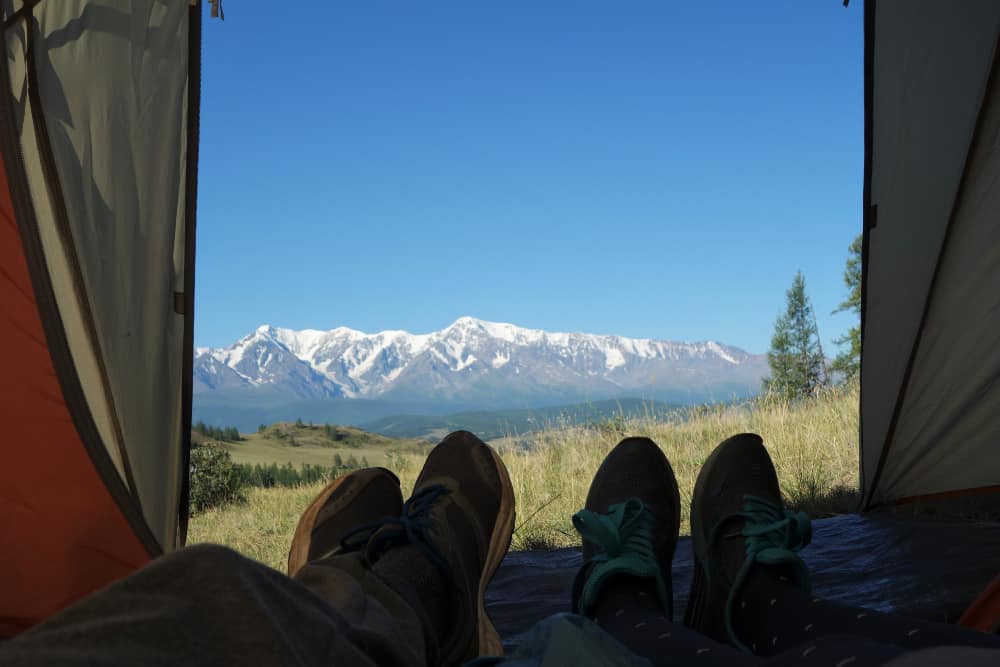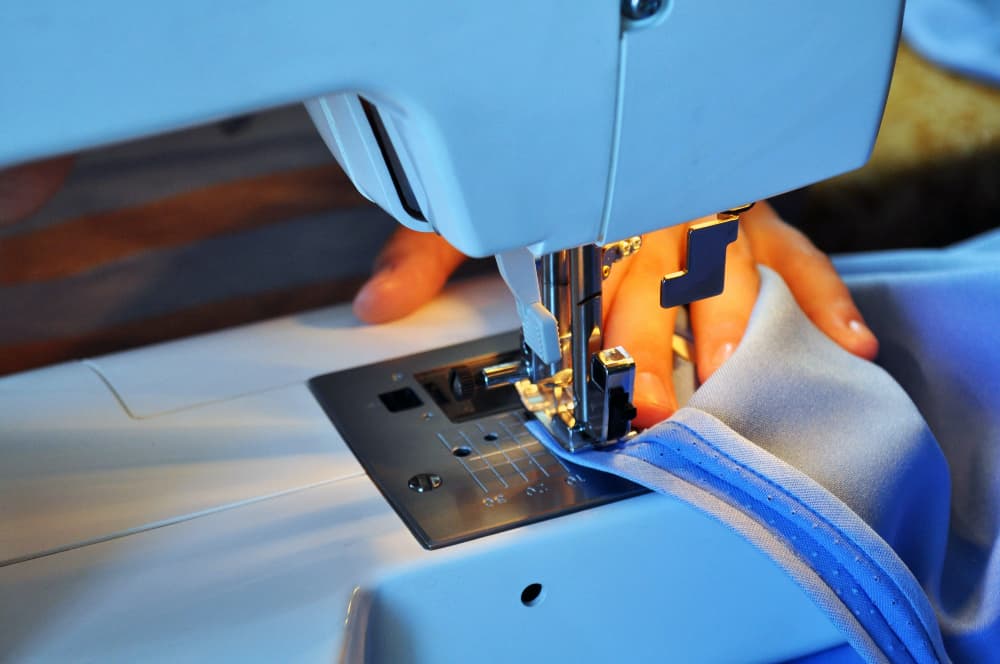You’re looking for a tent to go camping in and you’ve seen and heard of Coleman tents. Coleman is an established company that has been in the portable lantern business since 1900 and the tent business since the 1960’s – but are their tents any good?
You are happy to spend the money but don’t want to end up with a tent that doesn’t do what you want it to do or doesn’t live up to your expectations.
In this article, we explore the quality, waterproofing, durability, and performance of Coleman tents. Read on to see what we found out!
Related: If you’re considering a Coleman tent, make sure you pick the right one. Check out our review of the best Coleman tents.
Are Coleman tents good?
At the end of the day, Coleman tents are at the conveniently available, budget-conscious end of the camping product scale. If you are a two-season (spring and summer) car camper you will probably have no real issues with Coleman tents.
When you get closer to the hiking, ultra-light, extreme conditions type of camping, the lack of information about what exactly a Coleman tent can handle becomes important if you want to stay comfortable, or even alive, on these types of expeditions.
Never go extreme camping without knowing what exactly your tent will withstand. It’s better to be safe than sorry in a storm or unexpected snowfall.

Coleman Tent Construction
Tent poles
Most Coleman tent poles are made of fiberglass, stored in sections, connected together by a shock cord with two vinyl caps on the ends. Fiberglass poles are a strong-but-cheap option for your tent poles. Fiberglass is best used for casual summer camping trips and smaller, personal tents. However, aluminum tent poles are almost always an upgrade in terms of strength, weight, and durability.
Rainfly
Coleman’s Canadian site says that they use weather-resistant “coated polyester fabric combined with anti-wicking thread” to help keep their tents dryer. Coleman doesn’t publish their hydrostatic head ratings (i.e. waterproof ratings) – we’ll come onto this in the waterproofing section.
Coleman Tent Fabrics
Durability
In order to create an attractively priced tent, compromises need to be made somewhere. Plastic stakes, thin guylines, limited seam taping, lightweight material, lack of waterproofing coatings, fiberglass poles, and half flys seem to be ways that Coleman creates good-looking tents with great marketing that have very competitive pricing. It can be hard to know if you are comparing apples with apples when you are a new camper.
If you are a fairweather camper, they will probably do the trick but these factors can mean that these tents won’t stand up to time in adverse conditions like driving rain, high winds as there are some compromises in some parts of the tents.
Waterproofing
Waterproof, waterhead, or hydrostatic ratings tell you what the waterproofing of a tent is. It’s a measure of the fabric’s ability to resist water penetration or the pressure at which the water starts seeping through the fabric in lab conditions, not the real world!
Again, Coleman does not publish hydrostatic ratings for any of its products on its website.
Colemans website says that they use their patented WeatherTec System that includes features like a tub-like floor, patented welded corners, zipper cuffs, and inverted seams that all help keep water out of the tent.
If you want to be sure in wet weather, think about getting Coleman’s seam sealer to spray on the seams of the tent to increase the waterproofing of the tent.
Performance in bad weather
Without knowing what a Coleman tent has been built to withstand due to the lack of information about waterproofing, it’s hard to tell if it is underperforming in wind, rain, and snow or your expectations are too high.
The combination of slick marketing and lack of technical information combined with attractive pricing means that a lot of people own Coleman tents that aren’t as good as they hoped.
If your tent needs to perform in adverse weather, you are better off purchasing a tent that openly displays its waterproof rating so you know what you can expect from it.

Ease of set up
Colemans Easy-Up and Instant tents are truly easy and damn quick to set up. But… That ease comes at a space and weight compromise. For car campers where space and weight isn’t an issue, these work well. But for pretty much any other kind of camping these tents are too heavy and bulky.
Are Coleman tents good for backpacking?
As a general rule of thumb, point-to-point hikers and backpackers are looking for the smallest, lightest tents around. Even the smallest Colemans tents are still quite big and quite heavy for that market compared to specialist hiking tent manufacturers. Colman’s attractive pricing and lack of information can lead people to purchase these tents who later swap them out for lighter, more waterproof, purpose-made tents.
Typical Coleman features
E-Ports
An e-port is a great feature if you have a need to run a cord inside your tent. It is a specialized flap that allows the cord to enter but not bugs and water. A lot of Coleman tents have these ports as a standard feature.
Sleeping space
Colemans tend to list their tent size according to how many sleeping bags, not people, blow up mattresses and their gear it can get inside it. In most cases, you will want a bit of wiggle room, room for your gear, and maybe even a bit more actual sleeping room. It pays to go a size or two up when looking at a Coleman tent. Not all two-man tents are the same size!
Storage pockets
A lot of the newer Colemans tents have storage pockets sewn directly into the side of the tent. Great for organizing your small items like torches so you can find them in the middle of the night.

Are Coleman Tents Made In the USA?
William James Coleman started making tents in the late 1800s and since then Colemans has expanded and been making camping equipment of all kinds. Products in North America are meant to be labeled with their country of origin or assembly but it’s hard to see that tag when you are buying tents online. Colemans makes no specific claim as to where its products are made.
Are Coleman tents good? It comes down to doing your research and making sure you get a tent that does what you want it to do. For fairweather car camping, these tents seem to be ok.
Outside that limitation, you really need to do some research. It can be hard as Coleman doesn’t publish the same sort of information that other companies do so you’ll never know if you’re comparing the same features and quality between tents.
Always beware of the deal that is too good to be true…
Happy Camping! 😊
Next up: An in-depth performance review – Are Coleman tents waterproof?
